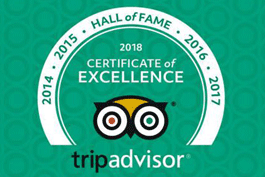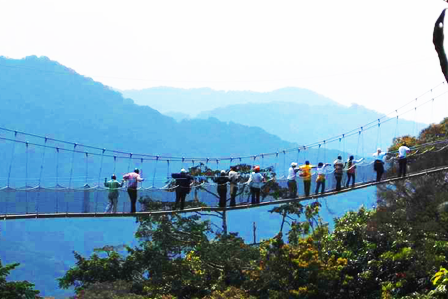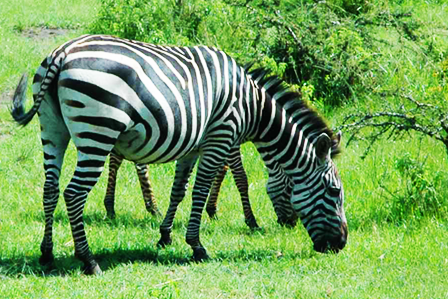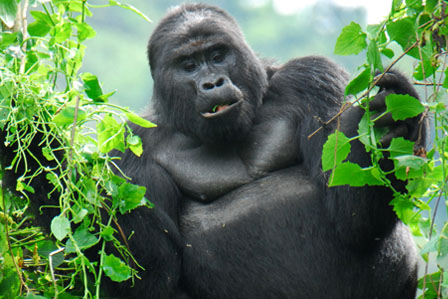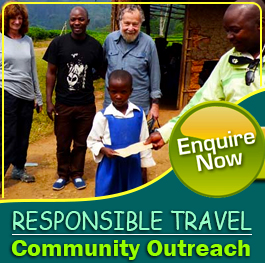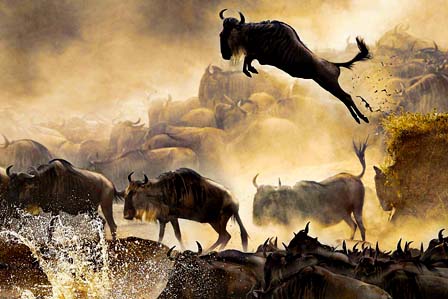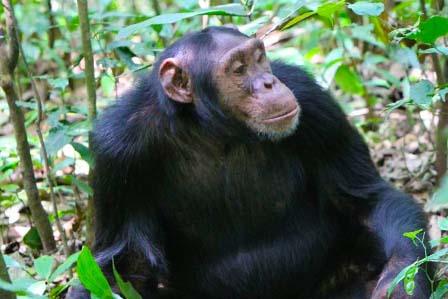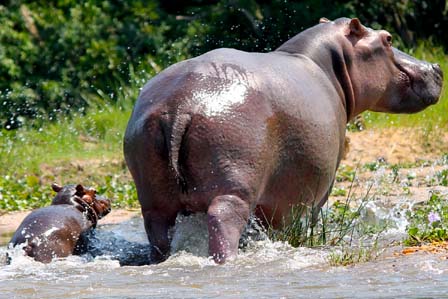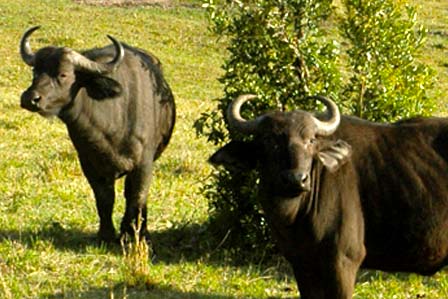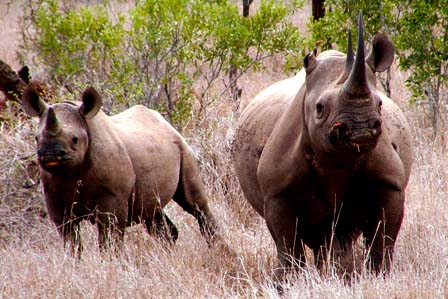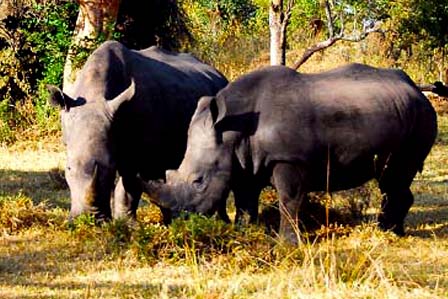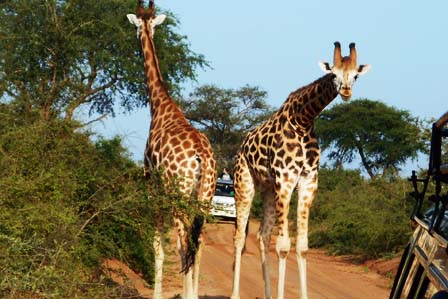Gorilla Trekking/Tracking in Rwanda at the Pac des Volcans.
Gorilla tracking is done in the Volcanoes National Park North west of Rwanda about 2 hrs of drive time from kigali the main Capital.Booking a gorilla trip requires an advance arrangement of atleast 6 TO 3 months before gorilla tracking to secure a Gorilla Permit.
There are very few Mountain Gorillas remaining in the world for several reasons despite several efforts by government and researchers like Dian fossey who was an American zoologist who undertook an extensive study of gorilla groups over a period of 18 years in Rwanda and Congo discouraging local people especially in Congo to kill Gorillas and other Monkeys as a delicacy for such reasons with fears of people mis-understanding and mistreating Gorillas, most Adventure travellers to Rwanda will want to track these amazing Giants in their natural habitat in the Volcanoes to make sure they have a life time tour of the Gorillas in Rwanda.
The viewing of the Gorillas will last no-more than 1-hr once found during tracking but one MAJOR thing is there is no gurantee what time/how long it will take any group of travellers to find the gentle giants. They can be found from 5-minutes after tracking in the morning which normally starts at 8:30am to 7pm in the afernoon which marks the end of any days tracking. Tracking can be a hard experience depending on how far the Gorillas walked and where they fed from the previous afternoon. Remember Gorillas like keeping a territory in order not to mix with other familys. Finding them is like finding bearded Human beings with alot of fur on them in the jungle.
Social life and feeding structure of the Mountain Gorillas in Rwanda.
Gorillas are very social with all group members cohesively coordinating their daily activities. A typical day consisits of alternating between several hours feeding and moving through the forest and then resting for a few hours. Usually interactions among inpiduals are peaceful, but occasionally conflicts may arise over feeding spots, with inpiduals giving aggressive 'cough grunt' vocalizations, screaming, or even fighting. Relationships among females are relatively weak.
These groups are nonterritorial; the silverback generally defends his group rather than his territory. Silverbacks are dominant over all other group members. Dominance hierarchies exist among adult females and among males in multi-male groups as well as between groups. Inter group encounters occur about once a month; this can be the only opportunity for the females to transfer between social units and hence the time for males to out compete their opponents and appear the most impressive to attract females. Friendly interactions among gorillas consist of resting together and grooming. Infants and juveniles have endless energy for playing occassionally up on short tree branches.
Group sizes vary from five to thirty, with an average of ten inpiduals. A typical group contains one dominant silverback, who is the group's undisputed leader; another subordinate silverback (usually a younger brother, half-brother, or even an adult son of the dominant silverback); one or two blackbacks, who act as sentries; three to four sexually mature females, who are ordinarily bonded to the dominant silverback for life; and from three to six juveniles and infants. These groups are nonterritorial; the silverback generally defends his group rather than his territory.
The Mountain Gorilla is primarily a herbivore animal the majority of its diet is composed of the leaves, shoots and stems and other plant species. It also feeds on bark roots flowers, and fruit, as well as small invertebrates. Adult males can eat up to 34 kilograms of vegetation a day, while a female can eat as much as 18 kilograms.
What to bring during Gorilla tracking in Rwanda.
Note: Before you pack your bag to come on a gorilla trekking tour with African Adventure Travellers, make sure you have done some physical training with running up hills and some pressure ups.
- A walking stick, a cap/hat
- Hiking shoes(Over the ankle shoes), Rain jackets and water proof pants.
- Long sports or thick socks.
- Sunscreen, Binoculars
- Insect repellant, back pack
- Enough food and drinking water
- Camera and enough camera batteries
- Water proof Safari kachi clothes are the best OR dark blue water proof pants and jackets during the trekking adventure.
- No one with communicable disease (eg Flu, Diarrhoea) is allowed to enter the park.
- Stay together in a tight group while with the gorillas, do not surround them.
- Do not get closer than 7 meters (21 feet) to the gorillas.
- Do not use flash photography
- Do not eat or smoke when with the gorillas or within a distance of 200 meters from the gorillas
- Turn away from the gorillas if you have to sneeze or cough. Cover your nose and mouth in the process.
- Burry all human feaces a minimum of one foot deep and ensure that the hole is properly covered.
- Do not leave litter. All litter must be carried out of the park and disposed off properly.
- No person under 15 years is allowed to track gorillas
- Do not Make loud noise or move suddenly.
- You are allowed a maximum of 1 hour with gorillas.
- Do not spit on vegetation or soil while in the park, use your hankie or other garment.
Most Popular Uganda Safaris
© 2025 African Adventure Travellers. All Rights Reserved.





